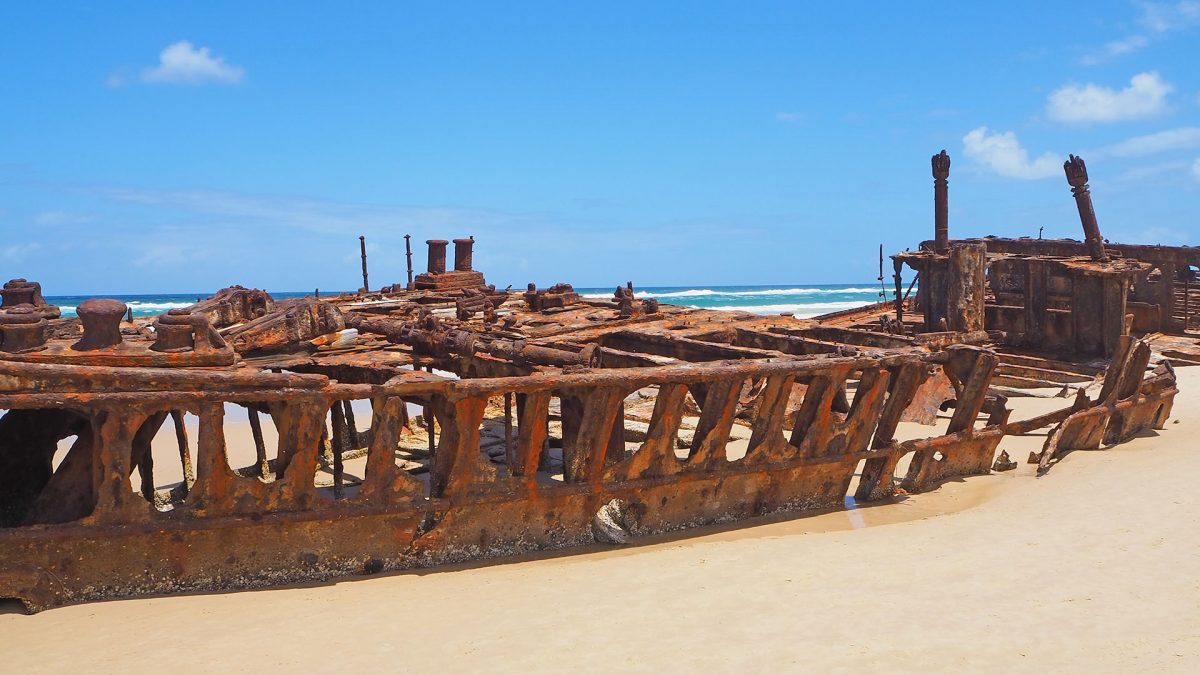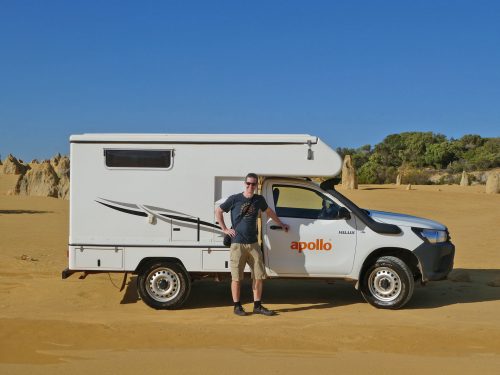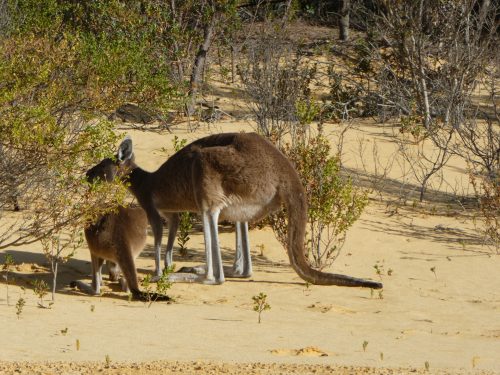Fraser Island is actually a big sand dune (largest sand island in the world) with forests (only place on earth where tall rainforest grows in sand), sweet water lakes, resorts and long 4WD tracks. Today’s tour was with a 4WD bus and covered most of Fraser’s highlights: refreshing bath in Lake McKenzie, walk in the forests of Central Station, drive on the beach-highway (80 km/h) along the 75 Mile Beach till Maheno Shipwreck and the Pinnacles and finally a stop at Eli Creek.
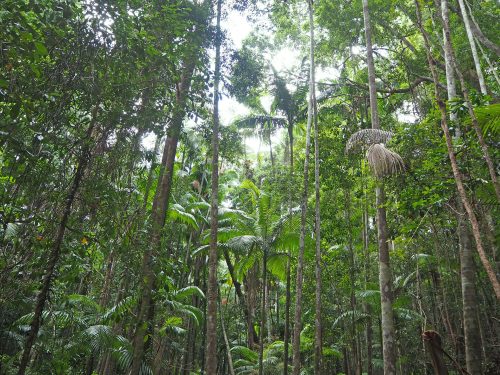
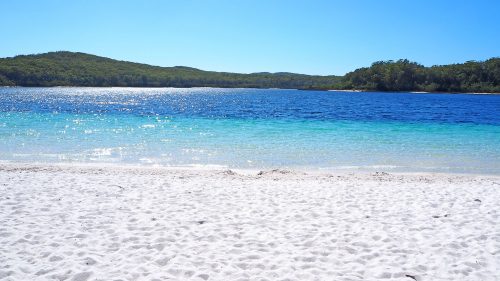
We skipped the optional scenic flight, but admired the fact that the 75 Mile Beach is a beach (obviously), fishing spot, national park, highway, campground and even a runway for aircrafts.
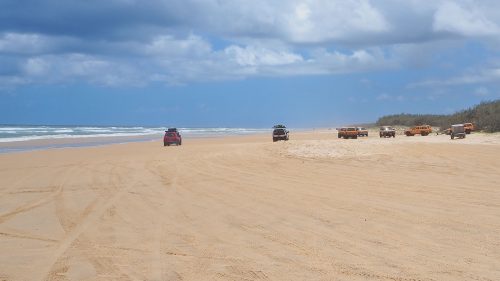
The dingo warnings made sense, we spotted one along the way. Dingoes were introduced around 4000 years ago in Australia and the ones on Fraser Island are considered “pure” and need to be distinguished from wild dogs.
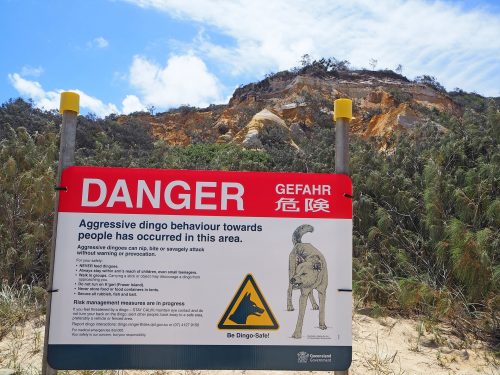
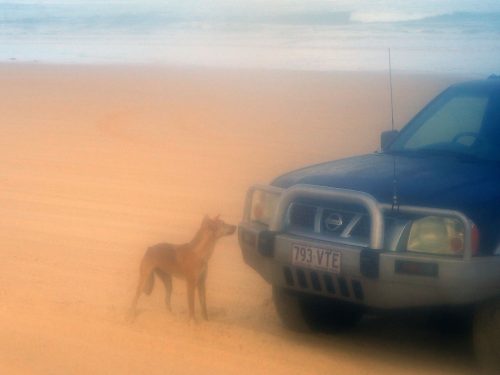
I’ll remember our driver Martin (Bruce Willis’s doppelganger) and his sense of dry humor: once forcing a tourist car to drive back to a pass-by, commanding a 40-tons beast, he commented the scene with “Yeah, mine’s bigger than your’s… rarely got the chance to say this!”. Hilarious!

